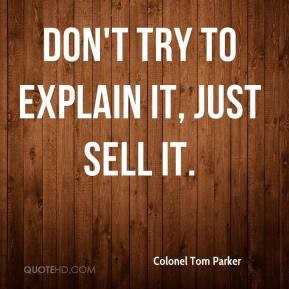Why is my CRM Project Stalled?
In 25 years of helping sales teams implement CRM solutions, I’ve learned there are two main reasons that CRM projects get stalled. And believe it or not, that is happening to a LOT of businesses! As a CRM vendor, we’ve studied the reasons that deals don’t close and by an overwhelming majority, the primary reason […]





